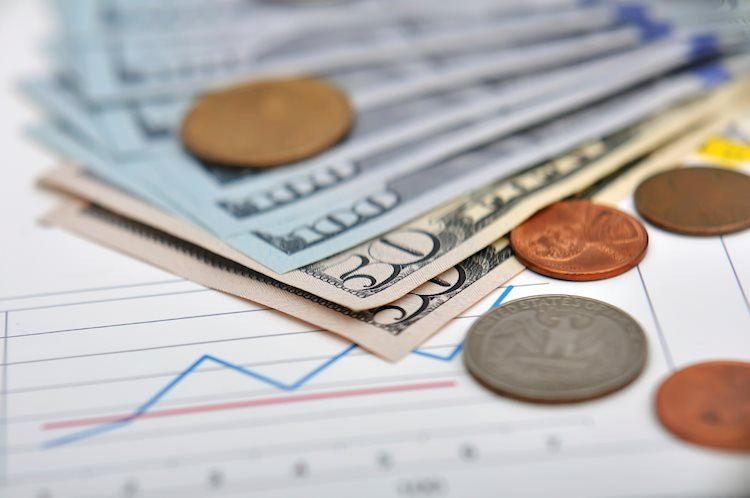The US Dollar (USD) saw gains in response to positive economic data, including strong Purchasing Managers Index (PMI) and weekly Jobless Claims figures. The USD also received a boost from relatively hawkish Federal Open Market Committee (FOMC) minutes released on Wednesday. Additionally, the probability of a rate cut in September has decreased, contributing to the USD’s strength.
The US Dollar Index (DXY) is currently trading at 104.90, marking an increase driven by upbeat economic indicators. The S&P surveys, such as the PMI data and Jobless Claims figures, point to a healthier US economy. The Fed’s cautious approach to monetary policy has also played a role in supporting the USD. The upcoming US Personal Consumption Expenditures (PCE) data for April will provide further insight into the short-term outlook for the USD.
Market movements have been heavily influenced by the positive PMI data for the US. The S&P Global Manufacturing PMI for May surpassed expectations, along with an increase in the service sector PMI. The Composite PMI also showed significant improvement, contributing to a sense of optimism about the US economy. The labor market remains resilient, with a decrease in weekly employment insurance beneficiaries indicating a strong job market. The Fed continues to advocate for patience in monetary policy decisions, leading to a decline in the likelihood of a rate cut in September.
When analyzing the technical aspects of the DXY, conflicting signals emerge in the medium-term outlook. While the index remains above key moving averages, the Relative Strength Index (RSI) suggests a potential shift towards a bearish trend. The Moving Average Convergence Divergence (MACD) presents a neutral to bearish signal, indicating a possible change in momentum. Overall, the USD’s performance is influenced by a combination of economic data and technical indicators.
The US Dollar’s value is impacted by various factors, with monetary policy being a significant driver. The Federal Reserve plays a crucial role in shaping monetary policy to achieve price stability and full employment. Interest rate adjustments by the Fed impact the USD value, with rate hikes strengthening the currency and rate cuts potentially weakening it. In extreme situations, the Fed may resort to quantitative easing (QE) to increase credit flow, leading to a depreciating USD. Conversely, quantitative tightening (QT) involves reducing bond purchases to strengthen the USD.
In conclusion, the US Dollar’s performance is influenced by a combination of economic indicators, monetary policy decisions, and global factors. Positive data releases, a cautious Fed approach, and a decline in the probability of a rate cut have all contributed to the recent strength of the USD. Monitoring upcoming economic data and Fed announcements will be crucial in understanding the future direction of the US Dollar in the global foreign exchange market.









